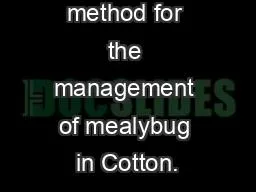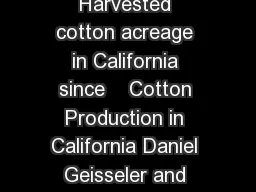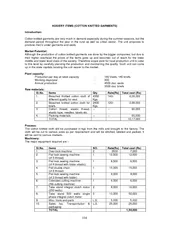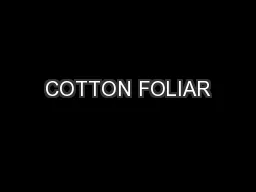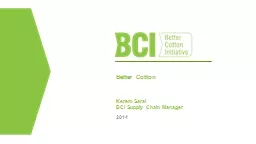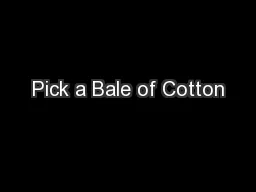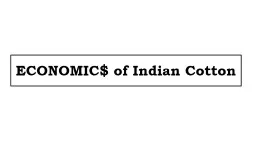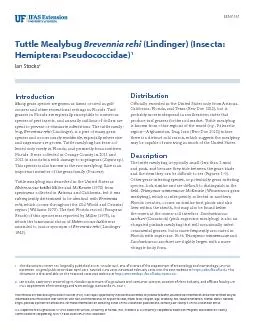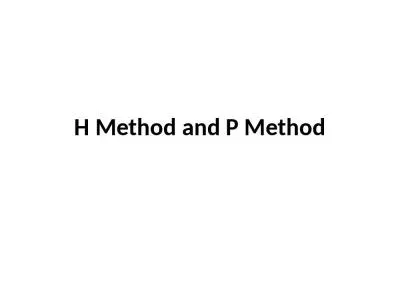PPT-A novel method for the management of mealybug in Cotton.
Author : dollysprite | Published Date : 2020-10-01
Gulsar Banu J Principal Scientist Central Institute for Cotton Research Regional Station Coimbatore641 003 Tamil Nadu Introduction Due to large scale adoption
Presentation Embed Code
Download Presentation
Download Presentation The PPT/PDF document "A novel method for the management of mea..." is the property of its rightful owner. Permission is granted to download and print the materials on this website for personal, non-commercial use only, and to display it on your personal computer provided you do not modify the materials and that you retain all copyright notices contained in the materials. By downloading content from our website, you accept the terms of this agreement.
A novel method for the management of mealybug in Cotton.: Transcript
Download Rules Of Document
"A novel method for the management of mealybug in Cotton."The content belongs to its owner. You may download and print it for personal use, without modification, and keep all copyright notices. By downloading, you agree to these terms.
Related Documents

